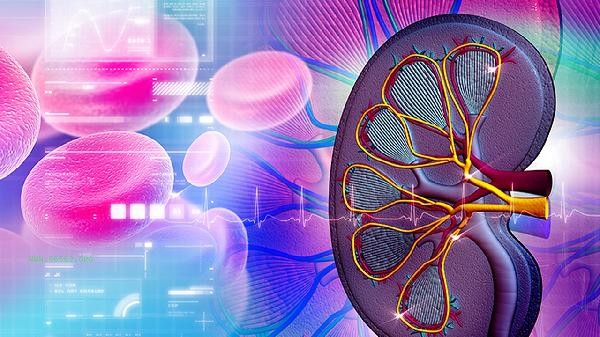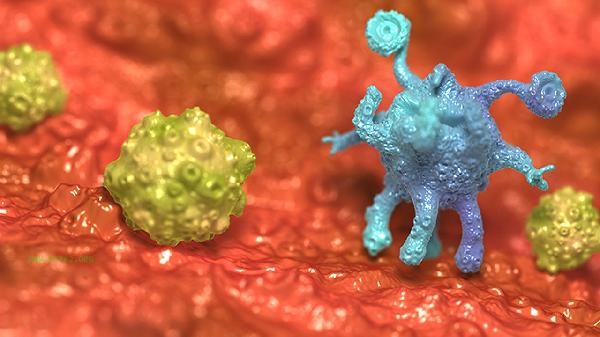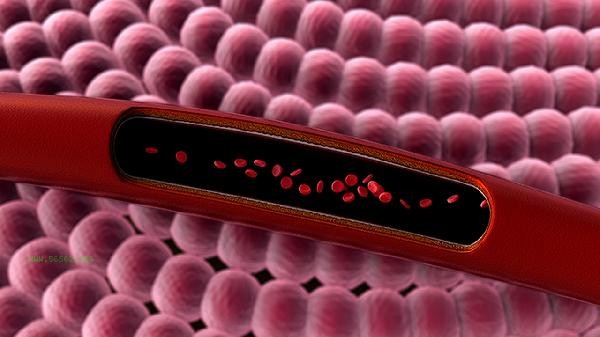Eosinophils at a concentration of 0.01 × 10 ⁹/L are considered mildly low, and in most cases there is no need to worry excessively. May be caused by physiological fluctuations, drug effects, acute infections, periods of relief from allergic reactions, or abnormal hormone levels.

1. Physiological fluctuations:
Eosinophil count exhibits circadian rhythm changes, usually lowest in the morning and higher at night. Intense exercise, stress state, or female menstrual cycle may also lead to temporary decrease, which can usually be restored to normal after re examination.
2. Drug effects:
Corticosteroid drugs such as prednisone and dexamethasone can inhibit eosinophil production, and beta blocker propranolol may also cause a decrease in values. Within 1-2 weeks after discontinuing medication, the indicators tend to rebound on their own.
3. Acute infection phase:

Bacterial or viral infections may experience a transient decrease during the acute phase, often accompanied by inflammatory manifestations such as fever and elevated C-reactive protein. After infection control, eosinophils usually return to normal within 7-10 days.
4. Allergy relief period: When symptoms of allergic rhinitis, asthma, and other diseases are relieved, eosinophils may fall from high levels to a low state. If there is a reduction in allergic symptoms such as skin itching and sneezing at the same time, it is mostly a process of disease progression.
5. Endocrine disorders:
Cushing's syndrome or long-term use of exogenous hormones may lead to sustained low levels, usually accompanied by concentric obesity, skin purple lines, and other characteristics. Further judgment is needed in conjunction with cortisol rhythm testing.
It is recommended to maintain a regular sleep schedule and avoid staying up late. Daily intake of foods rich in vitamin B6, such as bananas and salmon, can help with blood cell production. Moderate aerobic exercise can improve the bone marrow hematopoietic microenvironment, but excessive fatigue should be avoided. If it continues to be below 0.02 × 10 ⁹/L for more than two weeks, or accompanied by symptoms such as repeated infections and sudden weight loss, special examinations such as bone marrow puncture and endocrine hormone testing should be completed. During daily monitoring, different time periods can be selected for repeated testing to eliminate detection error factors.









Comments (0)
Leave a Comment
No comments yet
Be the first to share your thoughts!